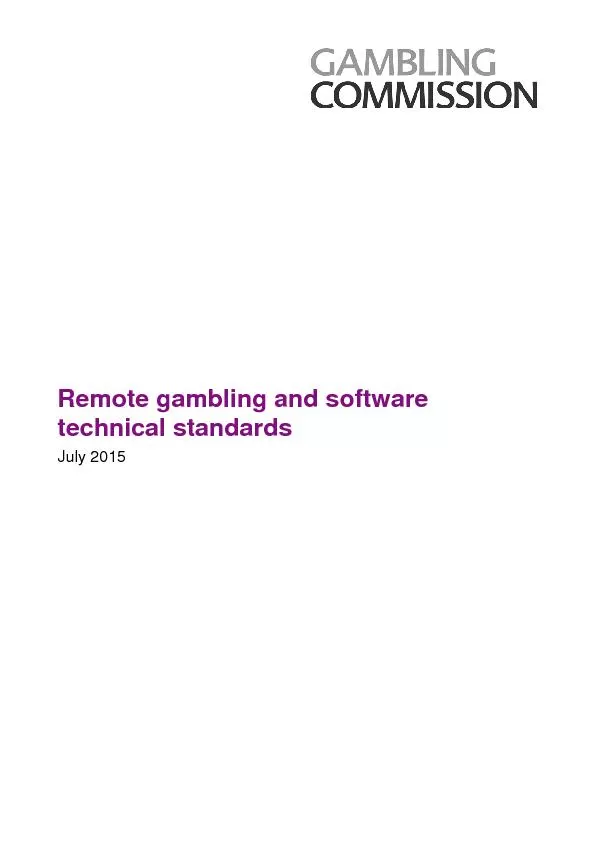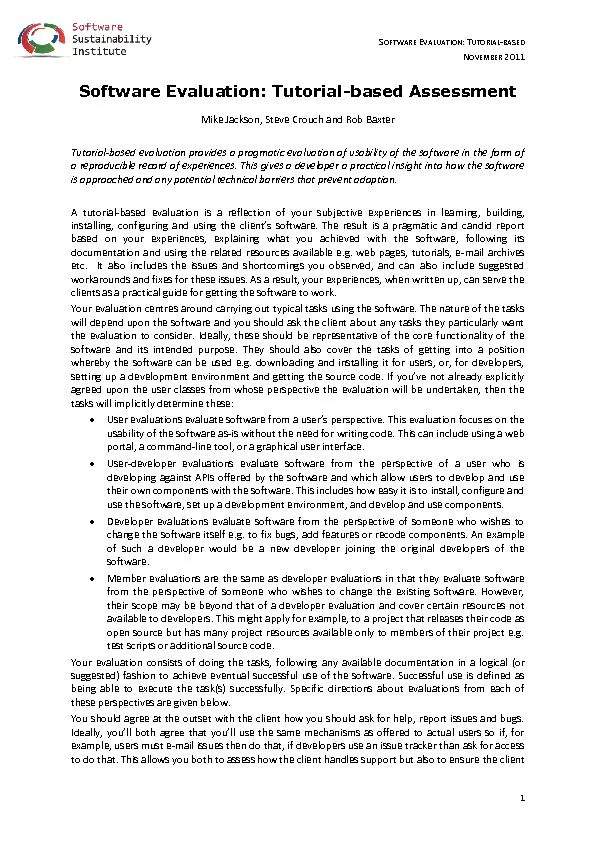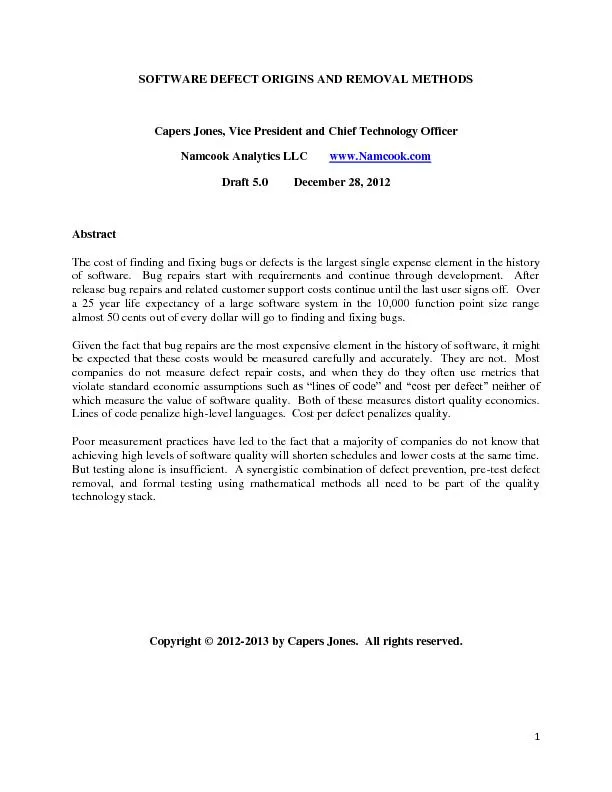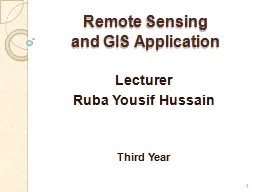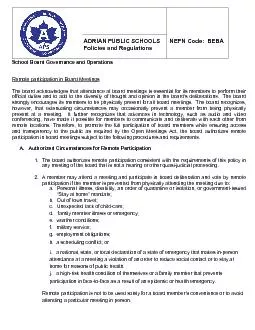PDF-Remote ambling and oftware echnical tandardsJuly
Author : phoebe-click | Published Date : 2016-04-18
ContentsIntroductionDefinition of ermsRemoteambling and oftwareechnical tandardsRTS 1 Customer account informationRTS 2 Displaying transactionsRTS 3 Rules game descriptions
Presentation Embed Code
Download Presentation
Download Presentation The PPT/PDF document "Remote ambling and oftware echnical tand..." is the property of its rightful owner. Permission is granted to download and print the materials on this website for personal, non-commercial use only, and to display it on your personal computer provided you do not modify the materials and that you retain all copyright notices contained in the materials. By downloading content from our website, you accept the terms of this agreement.
Remote ambling and oftware echnical tandardsJuly: Transcript
Download Rules Of Document
"Remote ambling and oftware echnical tandardsJuly"The content belongs to its owner. You may download and print it for personal use, without modification, and keep all copyright notices. By downloading, you agree to these terms.
Related Documents

